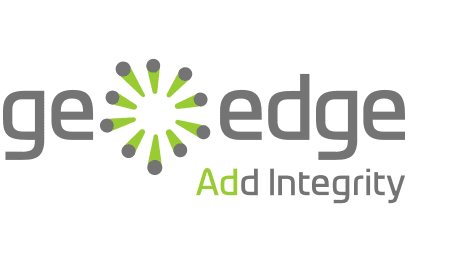For publishers, the simplest way to increase ad revenue is to ensure that your Ad Ops team is equipped with the right tools to fight operational ad problems.
Operation ad ops issues can be frustrating for many publishers as they leave money on the table. In this post, we’ll take a closer look at operational ad problems, what it means for publishers and how to troubleshoot them.
The Evolving and Critical Role of Ad Ops Specialists
It is no secret that advertising is essential for publishers to bring in revenue– and Ad Ops managers play an essential part in carrying out a publishers monetization plan. Day to day ad operations are critical to ensure that the correct ad will show on a publisher’s web page, in addition to showing the correct ad – the risk of not showing an ad at all is also a vast issue that must be checked by an ad ops manager. By doing so, an ad ops manager ensures that the risk of loss in revenue (both for the agency/network & publisher) is minimized.
Here are some of the risks that may apply and the problems that can cause lost revenue for publishers.
Public Service Announcement
Public Service Announcement’s (PSA’s) or Public Service Ad’s, are messages in the public interest disseminated by the media without charge, with the objective of raising awareness and changing public attitudes and behavior towards a social issue. A PSA will show on a website (instead of a normal advertiser’s ad) when there are no options for the impression. This is considered the lowest priority option, which means that the ad exchange has exhausted all options of choosing an advertiser and a campaign offer, and in order not to place a ‘blank ad slot’ the exchange has set a PSA.
A PSA can occur when the targeting of a campaign is wrong. For example, if a publisher has an ad slot which is targeted only to French users, and the traffic on this site is mainly for US traffic – the ad slot outcome will be a PSA and not a French advert (as was intended). The same scenario can also apply if there is no appropriate size of ad to suit the request.
This presents a problem for the publisher because in a PSA there is no media charge. So unless set on a CPM mode, he will be at a loss. In a rev-share mode the publisher will clearly lose out when PSA’s are presented on his site; while the Agency/Ad Network – will also be at a loss on a PSA presented ad.
White/blank ad space
White or blank ad space also represents a pure loss for the publisher, since he is losing the impression or its ability to convert. The ad exchanges will also lose due to the fact that they cannot bill based on white placements. The exchanges usually send a daily report to an ad network / agency, specifying their blank % in order to provide assurance that the issue is fixed.
Below is the list of reasons why we may see blank ad spaces:
Banned domains on the exchange
When an exchange has banned a domain from its list of publisher’s sites, it takes action on it. If the publisher was placing the ad tag on the banned site, the exchange will identify the web site as part of its banned list and will not approve the ad to be shown. In this case, not even a PSA will show – rather, the user will see a white blank ad.
Banned landing page
The same logic applies to the landing pages. If the landing page is set on a site with a domain that is banned, TLD (Top Level Domain) – the exchange will not allow an ad to be presented so the user will not be redirected to an unwanted/banned site.
There are no house line items
When targeting is not correct, or when there are no results for an ad based on the targeting parameters set – the lower level priority of PSA comes into play. When ‘No House Lines Items’ are placed, the exchange does not have anything else to place, and so provides a White or Blank ad space in that ad slot.
Tags incorrectly contain spaces or typos
Blank ad slots can indicate a problem with the syntax. If there are any unwanted spaces within the tags, the ad tags are truncated at the space. In these instances, the ad request might not be made or all of the information in the request might not be sent. This will not apply a correct call to the server and result in White or Blank ad spaces that will ultimately cause a loss to the publisher.
Third-party creative
In the case of third-party creative, there could be a problem with the third-party code or with the ad server. This can easily be checked by using a monitor like Fiddler or Tamper data to review the call by the ad operation specialist.
Wrong geo-targeting
There are scenarios where an ad is shown, but not to the right target audience, by placing the wrong ad in the line item. In that case, the publisher loses again (should he comply with a revenue sharing option and not CPM). In this scenario, the ad will be shown to an unwanted user. For example, showing an Italian Ad to a user from Japan– This will ultimately result in an ad that the user will not click and a loss both to the advertiser and, of course – the publisher.
It is very important to ensure that the ad tag presented to the publisher is fully functional and presents the ad that we expect to see. Not white or blank ad space, not PSA’s, and not ads that are incorrectly targeted. This will ultimately increase publisher’s revenue and performance.











